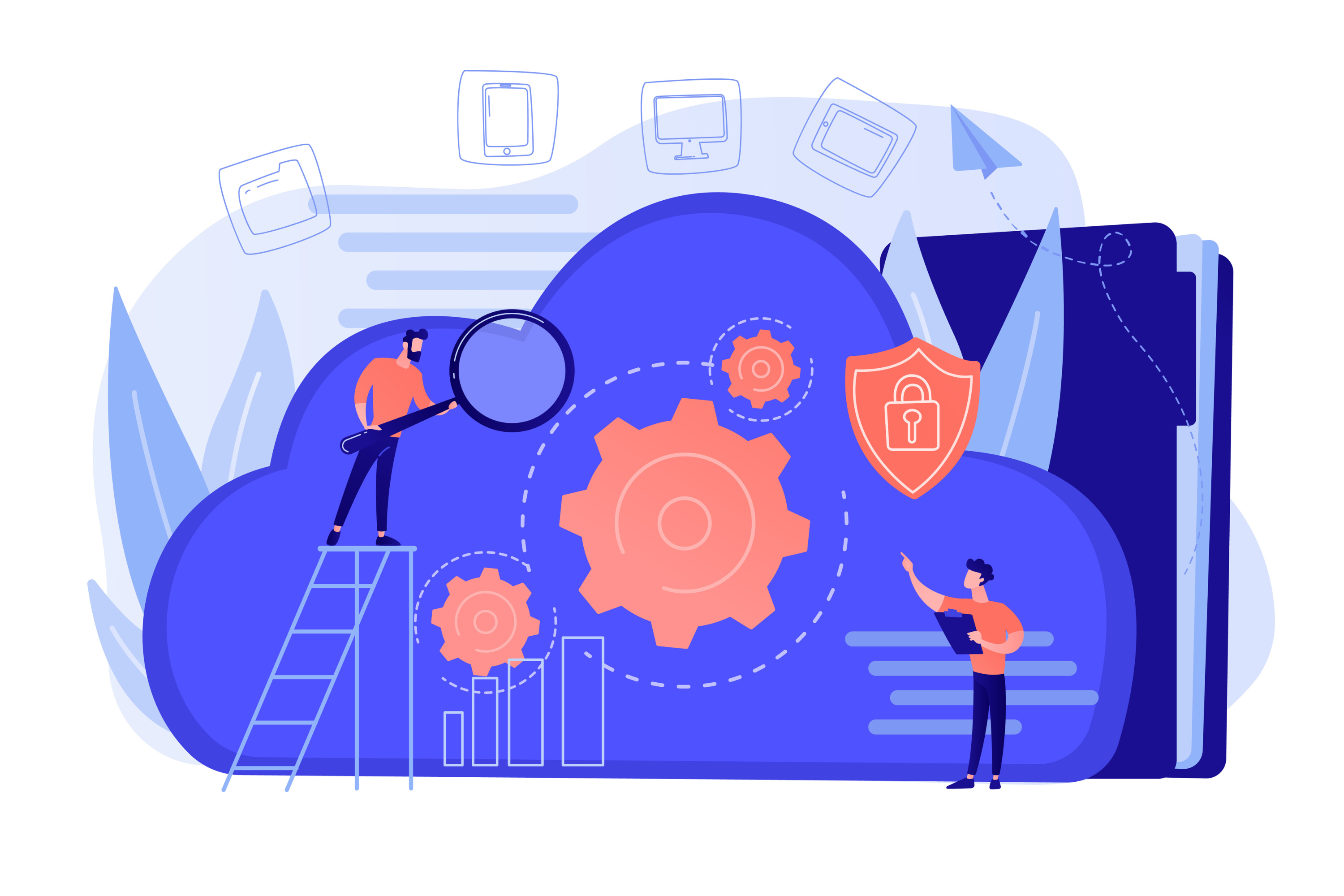Cloud Penetration Testing
-
Kripya > Cloud Penetration Testing

Overview
The purpose of this assessment is to evaluate the cyber security posture of your Cloud-based Environment using simulated attacks to identify and exploit vulnerabilities in your Cloud-based Environment. Our penetration testing methodology prioritizes the most vulnerable areas of your cloud Application and recommends actionable solutions.
The results of this cloud Security Testing will be used by the organization, to enhance its security feature of the organization. The principal examples include Amazon Web Services (AWS), Microsoft Azure, Google Cloud Platform, and others. A concept of shared accountability is necessary for cloud penetration testing.
Methodology
Examining attack, breach, operability, and recovery issues inside a cloud environment are the goal of cloud penetration testing. Our Cloud Testing Methodology is based upon Best Practices and uses both automated cloud security testing tools and manual techniques to identify security vulnerabilities that may threaten the security integrity of your cloud platform such as configuration flaws, excess builds, etc.
Testing Types
Black Box
Attack simulating a situation where the cloud penetration testers are unfamiliar with your cloud systems and do not have access to them.
White Box
Access to cloud systems at the admin or root level is granted to cloud penetration testers.
Gray Box
Cloud penetration testers may be given some restricted administrative rights and have some limited user and system expertise.
What do we do?
Each cloud service provider has a pentesting policy that outlines the services and testing methods that are allowed and not allowed. To begin, we must confirm which cloud services are utilized in the customer’s environment and which services can be put to the test by cloud pentesters.
⇒ To establish the start and finish dates of the Pentest, our priority is to get in touch with the customer
⇒ Pentesters require time to understand the system after receiving the information, so they can examine it – investigate its source code, software versions, and potential access points to see if any keys have been released
Tools for cloud pentesting should resemble a real attack. Numerous hackers employ automated techniques to identify security holes, such as constantly attempting to guess passwords or searching for APIs that give them direct access to the data.
Cloud pentesting would be useless without assessing the results and answers. We must assess the results after using the automated tools and running manual testing. Documentation of each response is required. One of the steps involves the use of our knowledge and experience with the cloud
The cloud pentesting methodology ends with this stage. The severity and effect of vulnerabilities should be reviewed and investigated with the cloud pentesting team once all cloud tests and inspections have been completed. A final report on cloud vulnerabilities should be created with suggestions and fixes
FAQs
There are many cloud vulnerabilities but to name the most common one, the list is below - -
a) Insecure APIs
b) Server Misconfigurations
c) Weak credentials
d) Outdated software
e) Insecure Code practices
It gives enterprises the ability to process, store, and transport data on multi-tenant servers located in outside data centers. An information threat and risk assessment should be performed before hosting sensitive company information assets on a cloud platform.
The main dangers include account theft, malicious insiders, DDOS, human error, and inadequate security settings.
The testing should be done yearly or more frequently if the platform's hosting of sensitive or high-volume information assets increases.

